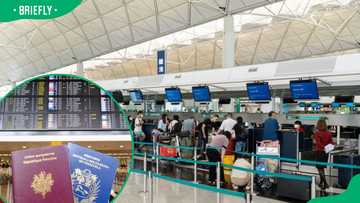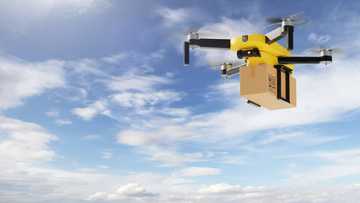Red-eye flight meaning: How to prepare, what to expect, pros and cons
Airlines offer several types of flights, catering to different needs and customer preferences. Each plane trip serves a specific purpose, whether it is for convenience, cost-saving, or specialized needs. This article defines red-eye flights and what to expect.
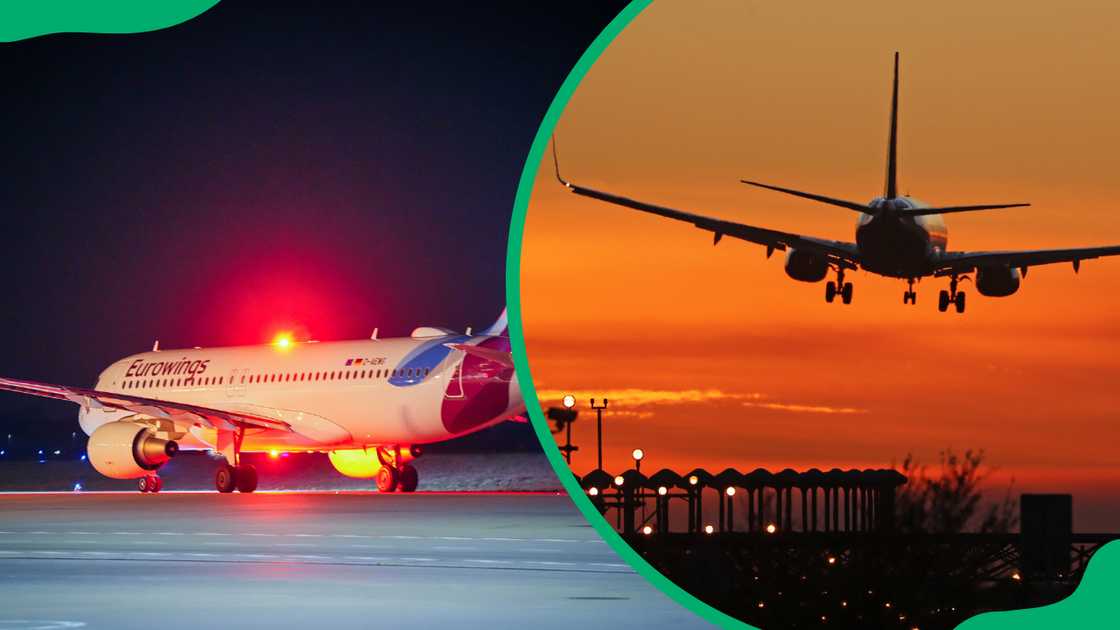
Source: Getty Images
TABLE OF CONTENTS
As the overall demand for air travel continues to grow, so does the need for flexible plane trips. Before booking a red-eye flight, one must prepare adequately to mitigate some of the discomforts associated with this type of air trip.
Red-eye flight meaning
A red-eye flight is an air trip that departs late at night and arrives at its destination early the next morning. The red-eye flight definition comes from the tired, red eyes that people often have due to the lack of sleep during these overnight flights.
The flights are typically scheduled to leave between 9 p.m. and 1 a.m. and arrive between 5 a.m. and 7 a.m. They are common on both domestic and international routes and are often used by business travellers who want to maximize their time at their destination.
How to book a red-eye flight
Booking a red-eye plane trip is quite straightforward. Here are some steps to help you;
- Choose your destination and dates: Start by deciding where and when you want to travel.
- Use flight search engines: Websites like Google Flights, Skyscanner, or directly on airline websites can help you find red-eye air trips.
- Apply filters: Use filters to narrow down your search to evening departures. For example, on Google Flights, you can filter for flights that leave in the evening and arrive the next day.
- Compare prices: Red-eye plane trips are often cheaper than daytime trips, so compare prices to find the best deal.
- Book your flight: Once you find a suitable flight, proceed with the booking as you would for any other plane trip.
- Prepare for the flight: Since red-eye air trips can be tiring, consider bringing items that will make the journey comfortable.
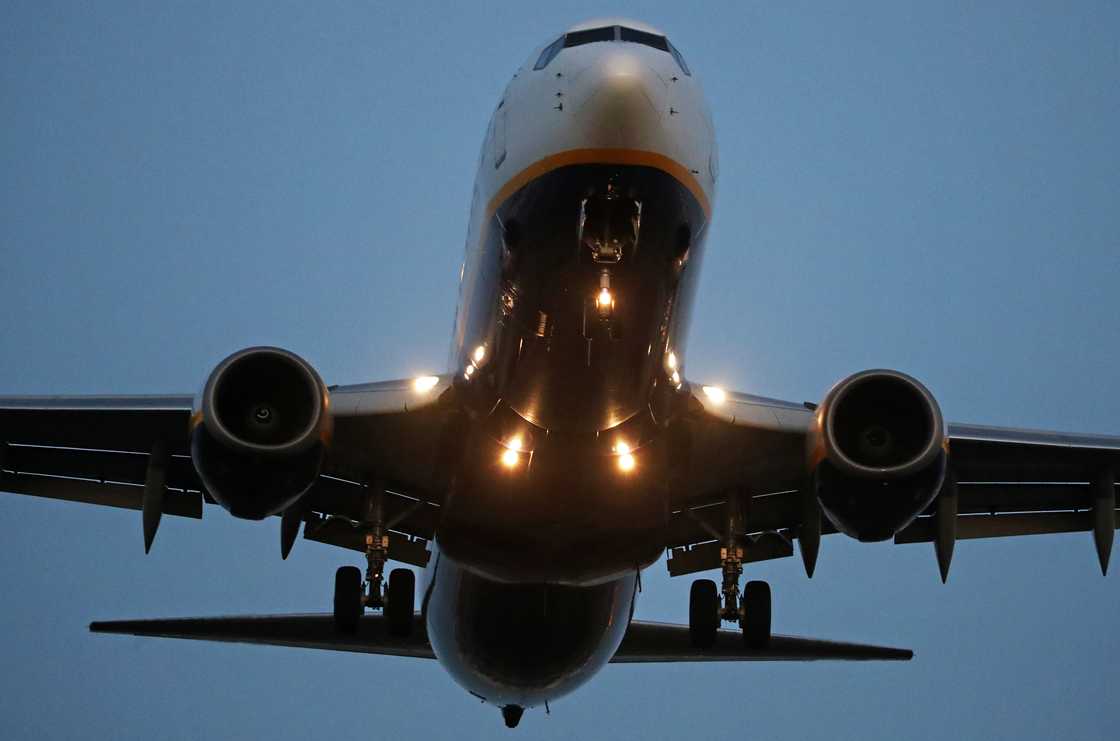
Source: Getty Images
How to prepare for a red-eye flight
Preparing for a red-eye can make a big difference in how you feel upon arrival. Here are some red-eye flight tips to help you get through it comfortably;
- Adjust your sleep schedule: Start shifting your sleep schedule a few days before your flight to match your destination's time zone.
- Choose the right seat: Opt for a window seat to have something to lean against and avoid disturbances from other passengers.
- Wear comfortable clothing: Dress in layers and wear soft, comfortable clothes. Planes can get cold, so bring a warm layer like a sweater or a scarf.
- Pack sleep essentials: Bring an eye mask, earplugs, and a neck pillow to help you sleep better. Noise-cancelling headphones can also be helpful.
- Stay hydrated: Drink plenty of water before and during the flight. Avoid alcohol and caffeine, as they can disrupt your sleep.
- Recreate your bedtime routine: Brush your teeth, wash your face, and do any other bedtime rituals to signal to your body that it is time to sleep.
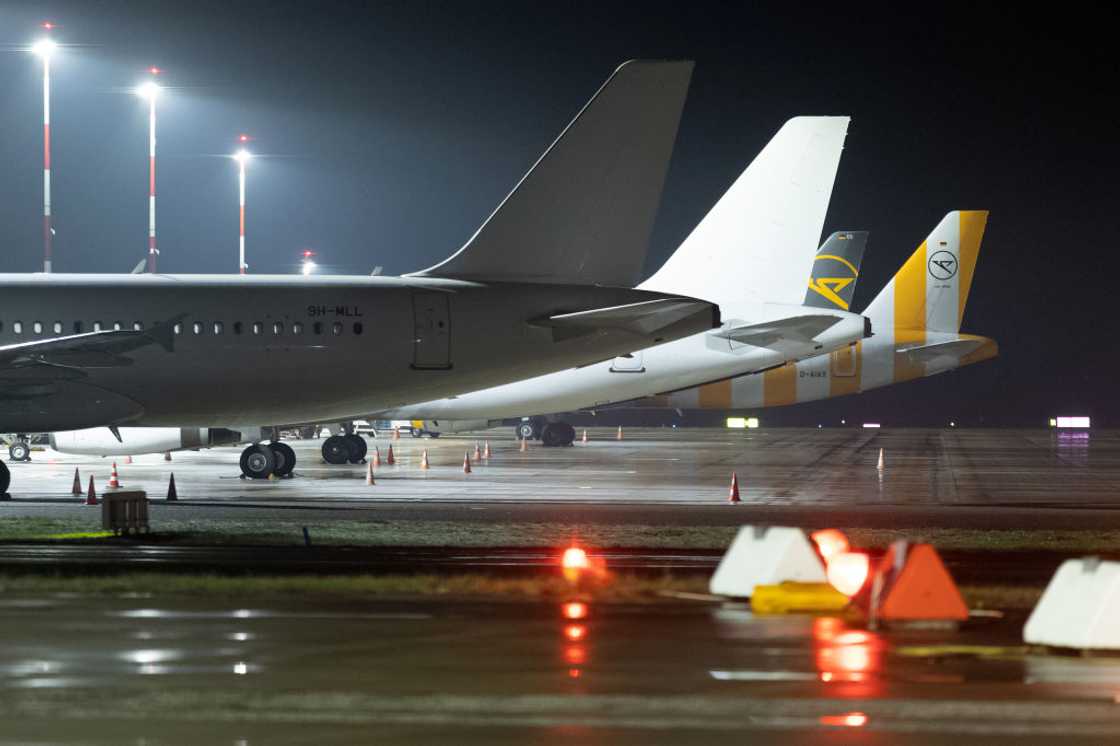
Source: Getty Images
Red-eye flight pros
- Cost savings: These flights are often cheaper than daytime flights, making them a budget-friendly option.
- Less crowded airports: Busy airports tend to be less occupied at night, leading to shorter lines and faster check-ins.
- Quieter airports: Airports are typically quieter at night, making the travel experience more peaceful.
- Fewer delays: Red-eye flights are less likely to be delayed or cancelled compared to daytime flights.
- Maximized travel time: You can make the most of your daytime hours at your destination as you travel overnight.
- Less traffic: Traveling to and from the airport is usually quicker due to less road traffic.
Red-eye flight cons
- Sleep disruption: The most significant issue is the disruption of your natural sleep cycle. Many people find it difficult to sleep on planes due to cramped seats, noise, and general discomfort.
- Fatigue and jet lag: Arriving at your destination without a proper night's sleep can leave you feeling groggy and exhausted.
- Health risks: Prolonged sleep deprivation from frequent red-eye flights can weaken your immune system, increase the risk of depression, and even lead to heart issues due to interference with your body's natural rhythms.
- Limited services: Meal and beverage options are often limited on red-eye flights, which can be inconvenient if you are hungry or thirsty during the flight.
- Early morning arrivals: Arriving at your destination early in the morning can be inconvenient if your hotel check-in time is later in the day, leaving you with limited options for rest or activities.
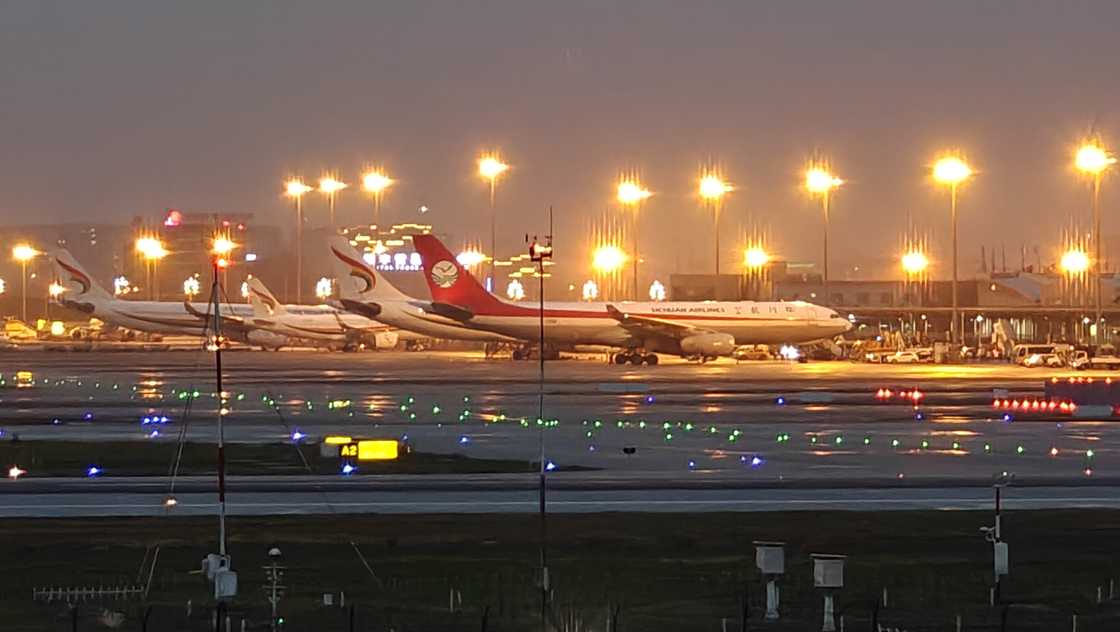
Source: Getty Images
FAQs
Red-eye air trips have grown in popularity, especially among business travellers. Below are some of the frequently asked questions about the overnight flights;
What time is a red-eye flight?
Red-eye flight times involve planes taking off between 10 p.m. and 1 a.m. and landing between 5 a.m. and 7 a.m. local time. They are also called overnight flights.
What is a red-eye vs a pink-eye flight?
Red-eye plane trips are overnight flights that typically depart late in the evening and arrive at their destination early the next morning. Pink-eye flights also leave at night but land earlier, usually before midnight. This means you still travel during off-peak hours, avoiding airport congestion and traffic, but you arrive at your destination late at night rather than early in the morning.
Are red-eye flights more dangerous?
From a safety perspective, red-eye plane trips are generally as safe as any other flights. The aircraft and crew adhere to the same stringent safety standards regardless of the time of day.
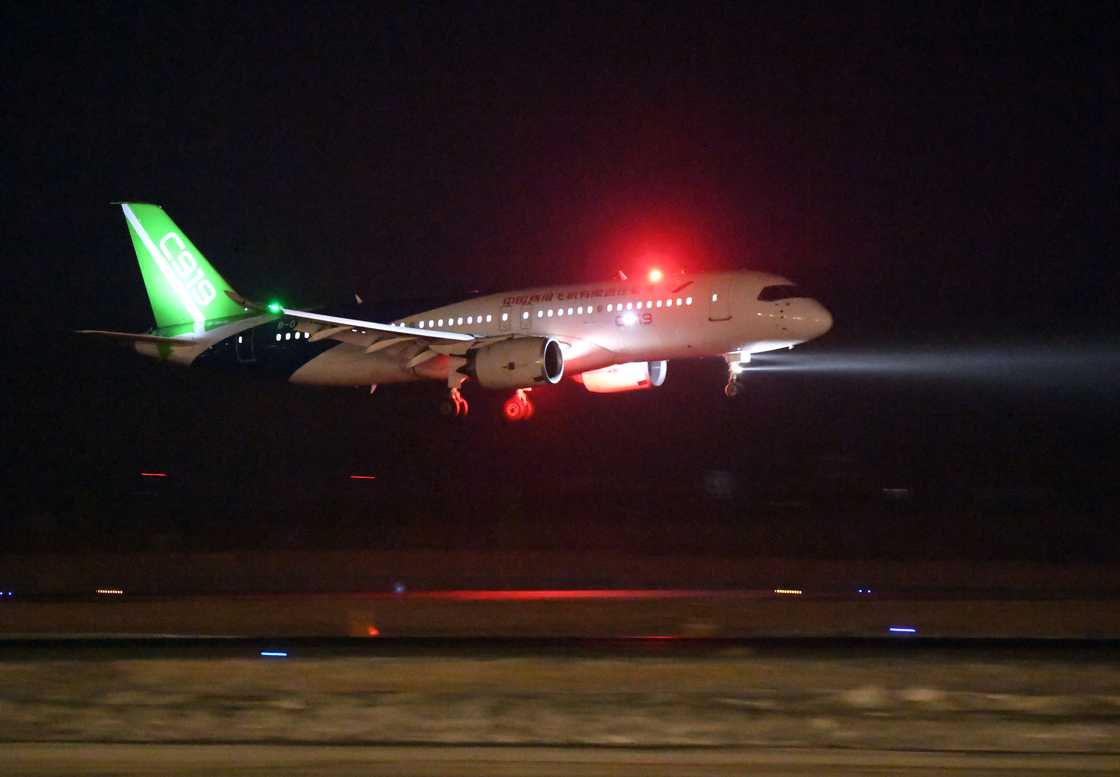
Source: Getty Images
From the above red-eye flight meaning, we learn that these plane trips offer a unique experience with both advantages and challenges. Ultimately, whether a red-eye journey is the right choice for you depends on your personal preferences and travel needs.
READ ALSO: Pilot salary in South Africa: Is it a good career?
Briefly.co.za shared all you need to know about pilot remuneration in South Africa. The country has a well-developed aviation industry, with major airlines constantly recruiting qualified pilots.
The demand for air travel is increasing, which means there are good opportunities for career growth and stability in this field. Uncover how much SA pilots make and factors affecting the level of pay.
Source: Briefly News

